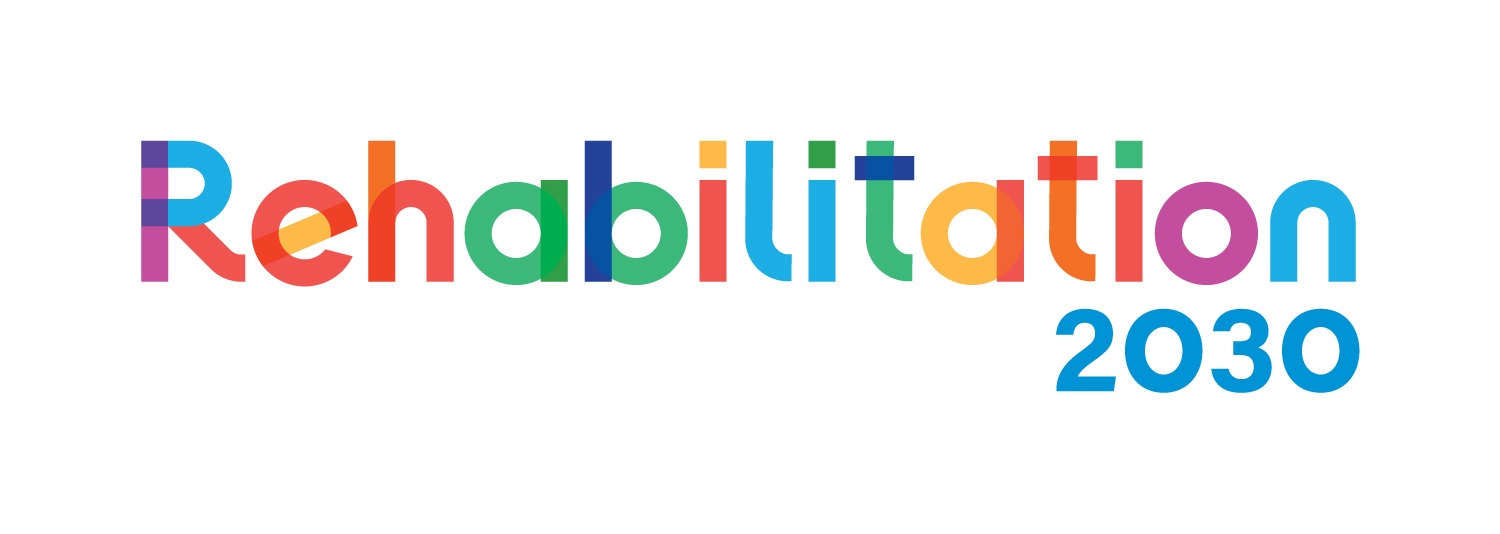Monitor

Follow the steps involved in monitoring the person as they go through self-care rehabilitation.
- Re-assess self-care difficulties
-
At every appointment, ask the two questions that were asked during the initial assessment for each area of self-care and compare with previous results. Determine if there has been an improvement, decline or stagnation in functioning.
-
- Review self-care interventions
- At every appointment, ask about the self-care interventions the person is engaging in and any adaptations made to them.
- Ask if the person has been facing any difficulties with the prescribed self-care interventions. For example, a person who has started preparing meals may be having difficulties cutting bread.
- Use the BORG scale to assess the intensity of the interventions. For example, the person may rate cutting of bread as ‘hard’.
- Progress self-care interventions
-
If the person is finding the recommended self-care interventions ‘easy’ on the BORG scale and functioning has improved, progress to new activities. For example, if the person finds putting on a dress with a zipper ‘easy’ progress to putting on a dress with buttons.
-
- Refer
-
Refer the person to other medical specialists if there are red flags that need to be managed (see contraindications above).
Refer the person to rehabilitation specialists if there is no improvement in self-care, or if the person’s self-care needs are too complex to manage.
-
Note:
Remember to empower the person and caregiver (if there is one) to take control of their rehabilitation.
(Refer to the steps in the ‘Introduction to Rehabilitation module)
![]() Question
Question

Remember Tevita?
After receiving rehabilitation interventions for self-care, Tevita can now eat by herself using adapted eating and drinking products, and she is now able to move and even go on short walks with her friend. Tevita also has reminders and picture diagrams of her daily activities to help with her memory difficulties. The last time Tevita tried shopping, however, she got confused because the market was too busy and she could not find her way around.
What else can be done to assist Tevita in her rehabilitation?
Select all that apply.
- a. Progress Tevita’s rehabilitation and ask her to go to the market on a busy day again so she gets used to it.
- b. Refer Tevita to an occupational therapist to assist with her confusion.
- c. Review Tevita’s rehabilitation plan and advise her to go to the market during less busy periods with a list of items to buy.
- d. Discharge Tevita from rehabilitation as her difficulty does not require rehabilitation.
If you selected b and c, you are correct.
Monitoring any rehabilitation intervention provided includes reassessing and reviewing the initial plan made and making changes if required before progressing, referring or discharging. The ideal action in this case will be to review Tevita’s plan and advise her to go to the market during less busy periods where there are fewer people. She should also be advised to go with a list of items she intends to buy so that she does not spend a lot of time in the market and does not get confused.
You have completed Lesson two!
If you have any questions or comments, post them on the discussion forum.
